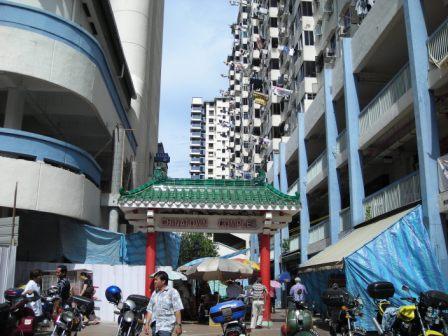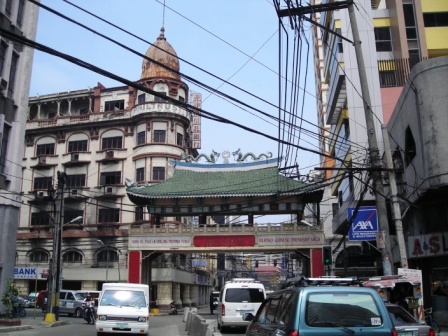
| Home | Chinatowns of the world | Festivals | Culture | Food Culture | History | Countries |
| Chinese Religion | Tours | Sitemap | Documentaries | About | Contact |
What is a Chinatown?A Chinatown is an area in which many ethnic Chinese lived or work. In most cases, these ethnic Chinese are migrants and minorities in their host country or new homeland. Chinatowns can be found in most cities in South East Asia, North America, Europe, Australia and Africa. Most Chinatowns have an archway that marks its boundaries. These archways are often sponsored by individuals or institutions in honor of rulers, dignitaries, individuals or events. Other common symbols and sites of Chinatowns include stone Lions, icons of dragons and phoenix, restuarants, pavilions, Temples and monasteries, and clan associations. Chinatowns are usually named after the city they are located in for example, London Chinatown, San Francisco Chinatown, Manila Chinatown… Other Chinatowns have unique names reflecting local conditions. For example, Singapore Chinatown is known as 牛车水 (nu che shui) literally translated as Ox Cart Water. Although ethnic Chinese populations have lived and worked beyond Chinatown and integrated culturally (in most cases and to certain degree) with their new homeland, Chinatown continues to have symbolic meanings to the ethnic Chinese. The reputation of Chinatown reflects the relationship between ethnic Chinese and host country. In the past, Chinatowns were regarded as a piece of China in the host country and at times associated with crime or disorder. However, as ideas of cultural pluralism spread and as economic status of ethnic Chinese improves, many Chinatowns function as sites for cross-cultural interaction and as tourist attractions. In many cities, Chinatown is the public space to celebrate traditional Chinese festivals like the Chinese New Year, 农历新年, Dumpling Festival/Dragon Boat Festival, 端午节, and Mid Autumn Festival, 中秋节. Chinatowns have also become major tourist attractions for domestic and international tourists. In its role as tourist attractions, some Chinatowns have put up icons such as archways that previously did not exist in an attempt to recreate a Chinatown as imagined by tourists. Academics have criticised such recreation of Chinatown for tourist consumption as part of the "plastic fantastic culture". Chinatown is a site to undersand the relationship between Chinese population and the local society as well as the ways in which that relationship has and continue to evolve.
Related articlesChinatowns of the World
|
|
| Join us on | Youtube | |||
| Copyright © 2007-24 Chinatownology, All Rights Reserved. | ||||




